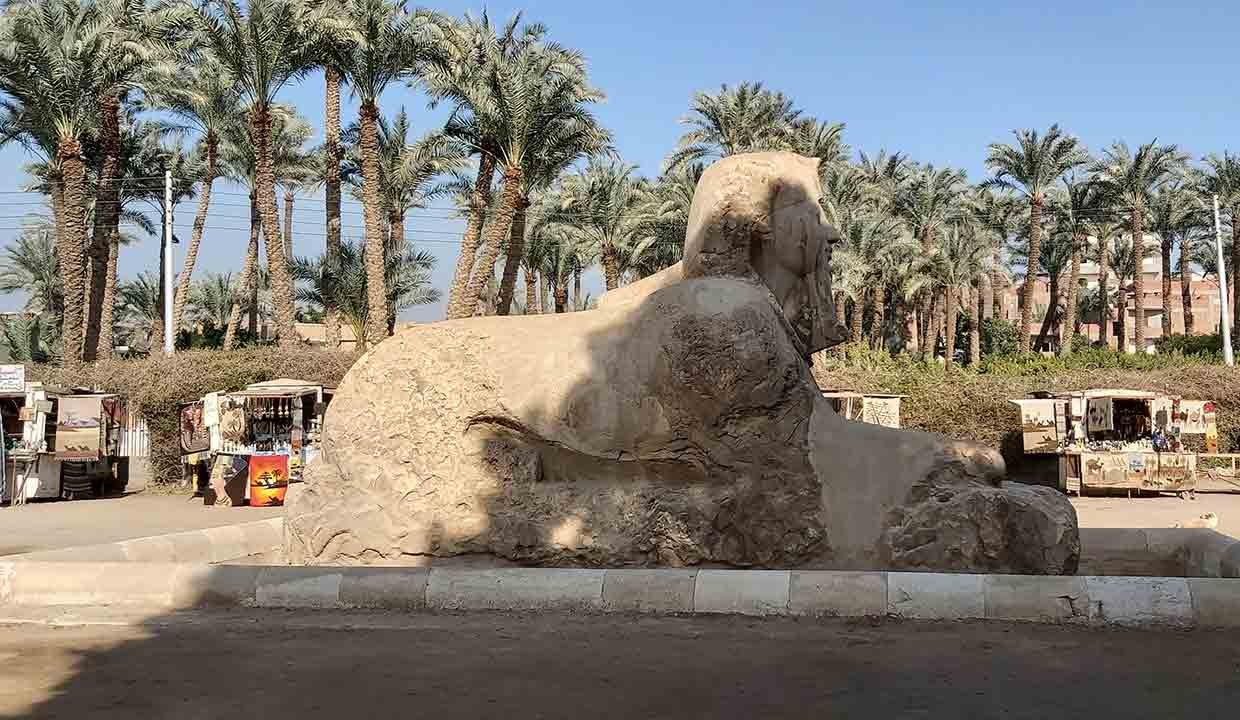Wonderful Luxor West Bank– Part Two
Homer described Luxor city in ancient times as the city of hundred gates referring to its greatness and its huge buildings. Luxor is considered as the world’s greatest open-air museum because it holds two-thirds of the landmarks of the world. Most of these unparalleled monuments date back to ancient Egyptian history.
Luxor city is divided into two parts:
The first part is the east bank dedicated to the living. It contains the Luxor temple, Karnak Temple, Mummification Museum, and Luxor Museum.
While the second one is the west bank was for burying the dead. It holds Valley of the Kings, Valley of the Queens, and the nobles’ tombs.
In this article, Explore Egypt Tours presents the monuments located on the West Bank – Part Two.
1 – Valley of the Queens
What is the history of this valley?
This valley contains approximately 70 tombs dating to the 19th and 20th dynasties. These tombs were for burying queens, princesses, princes, and other members of the royal family.
How do these tombs look like?
In ancient times, this valley was called Ta-Set-Neferu meaning the place of beauty referring to the splendor of its inscriptions, whereas the valley of the Queens distinguishes with its wonderful reliefs that were preserved throughout the history. This can be noticed in different tombs such as Teti and Nefertari tombs opened for the public.
The design of these tombs begins with a small antechamber, a long narrow corridor with several side chambers, then the burial chamber at the end of the tomb. These tombs were found stolen as most of the valley of kings’ tombs.
2 – The Ramesseum
King Ramesses II built several monuments during his rule period. The Ramesseum was the funerary temple of King Ramesses II.
What is the design of the Ramesseum temple?
This temple starts with a pylon (the main entrance to the temple), then the first open courtyard, then the second courtyard that leads to different halls. What distinguished this temple is the astronomy hall.
Later this temple was damaged whereas subsequent kings stole its rocks such as Mernptah and Ramses III. Now it contains remains of a colossus of Ramesses II, clusters of pillars and damaged statues.
The Greeks called this temple with the Temple of Memnonium, whereas they linked between it and their legendary hero Memnon who killed in the Trojan War. The Greeks might choose this temple to call it on Memnon’s name because the temple is so close to Colossi of Memnon.
3 – The Temple Of Medinet Habu
This temple was built by King Ramesses III during the 18th dynasty; middle kingdom. It is considered one of the most beautiful temples in Egypt.
What is the design of The Temple of Medinet Habu?
The temple is surrounded by a wall containing the entrance. This gate leads to a chamber dating back to the 18th dynasty. Then the pylon leading to the 1st open court decorated with the battle against the Syrians and the Libyans reliefs. Then 2nd court decorated with religious ceremonies for the gods Sokker and Min. Many of these reliefs were still with their coloring.
There was an earthquake occurred in 27 B.C caused badly damage in the last part of this temple. This part holds many shrines dedicated to such as King Ramses III, the god Ptah, the god Sokker, and the god Amon Ra.
4 – Deir Al-Medina (Workers’ Village)
Here you will see another kind of tombs, they are not royal tombs, but belongs to ordinary citizens who were the workers building the Valley of the Kings.
What does Deir Al-Medina (Workers’ Village) contain?
This place was the home for approximately 70 families of craftsmen and artisans who worked in the building and decorating tombs in the Valley of the Kings.
How do these tombs look like?
The workers’ tombs consist of one room decorated with reliefs described the owner of this tomb with his family and during his journey to the other world. You can imagine how amazing the decorations of these tombs are. It was decorated by the artisans who ornamented the wonderful tombs in Valley of the Kings. As an example of these tombs are Inerkhau and Sennedjem tombs.
Why is it called with Deir Al-Medina?
Deir El Medina is an Arabic word meaning the monastery of the city, whereas this place holds a Christian monastery from the Coptic period in Egypt.
Explore Egypt Tours advises you not to miss these attractive places to spend a more enjoyable experience during your time in Egypt.
Explore Egypt Tours Tripadvisor



Comment (0)